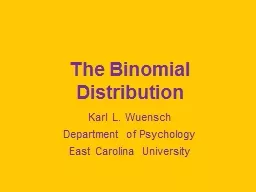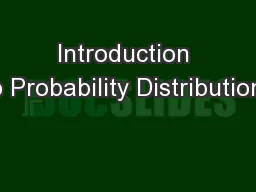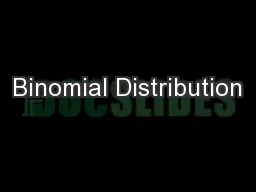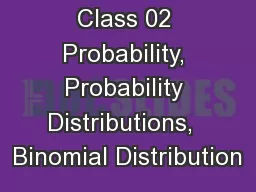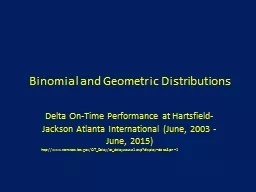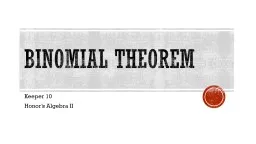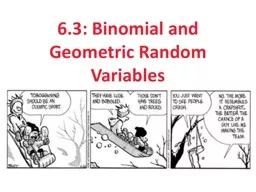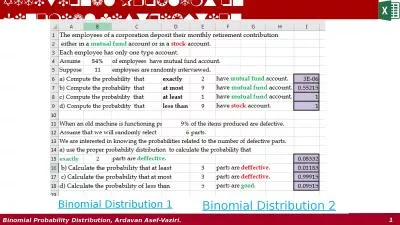PPT-The Binomial Expansion
Author : danika-pritchard | Published Date : 2016-04-10
Introduction You first met the Binomial Expansion in C2 In this chapter you will have a brief reminder of expanding for positive integer powers We will also look
Presentation Embed Code
Download Presentation
Download Presentation The PPT/PDF document "The Binomial Expansion" is the property of its rightful owner. Permission is granted to download and print the materials on this website for personal, non-commercial use only, and to display it on your personal computer provided you do not modify the materials and that you retain all copyright notices contained in the materials. By downloading content from our website, you accept the terms of this agreement.
The Binomial Expansion: Transcript
Download Rules Of Document
"The Binomial Expansion"The content belongs to its owner. You may download and print it for personal use, without modification, and keep all copyright notices. By downloading, you agree to these terms.
Related Documents




